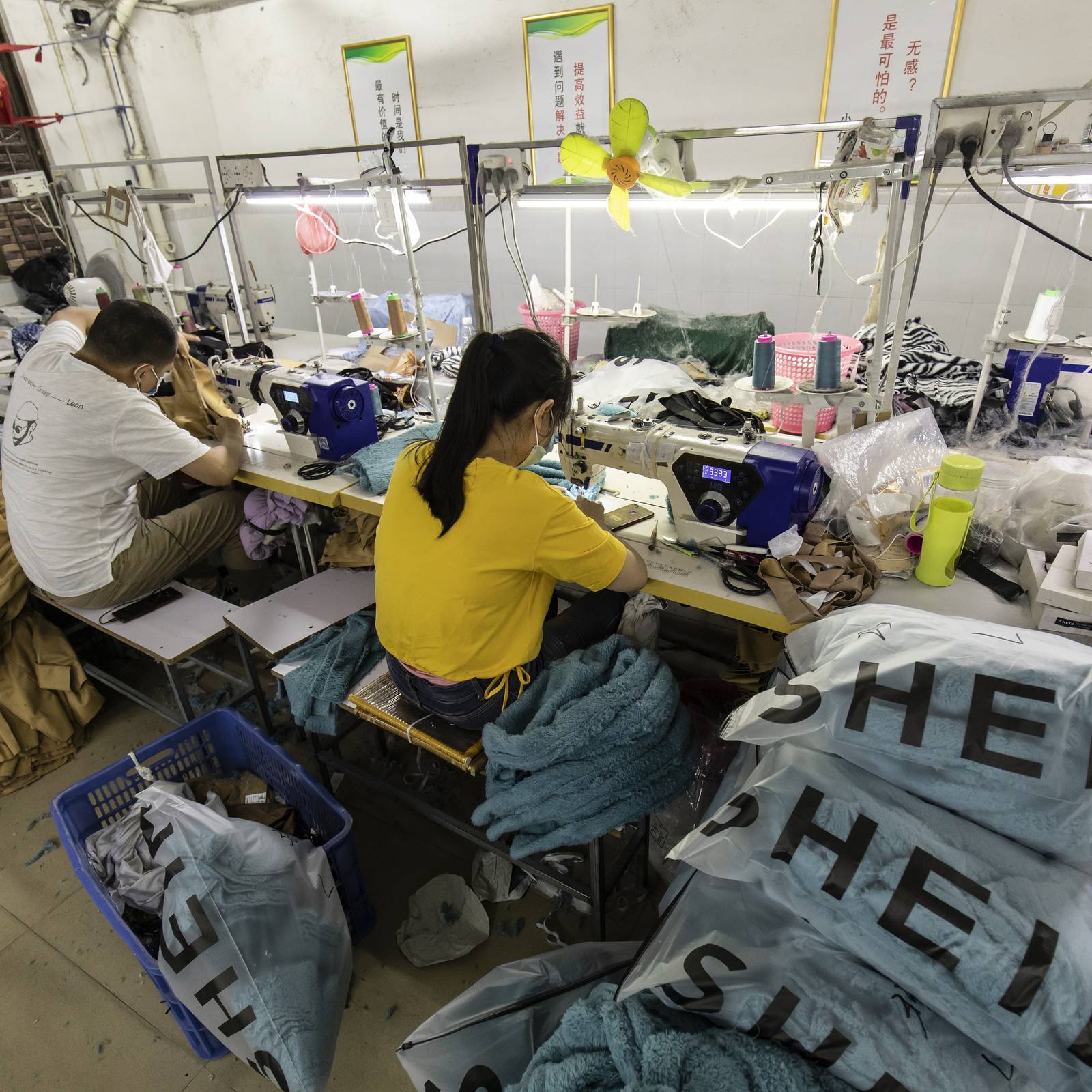Chinese-owned fast fashion company Shein is one of the fastest-growing e-commerce companies in the world.
Popular among teens, this billion-dollar company is making fashion more accessible.
Certain marketing tactics help Shein dominate the fast-fashion industry.
-
1 Cross-market Marketing on TikTok
Often called “The TikTok of E-commerce,” Shein uses TikTok to expand its popularity. Since both Shein and TikTok are Chinese-owned, this cross-marketing brings Shein more exposure.
Popular TikTokers advertising Shein encourage Gen-Z shoppers to also wear Shein clothes.
Additionally, this cross-marketing helps Shein keep up with current trends.
-
2 Covid-19 Pandemic
The Covid-19 pandemic caused Shein’s revenue to skyrocket.
Early on during the pandemic, in-person shopping was widely discouraged. As such, many high school and college students relied on online shopping outlets.
While Shein experienced steady growth before 2020, quarantine exposed more shoppers to the brand. It experienced an increase in sales in 220 countries, from the U.S. to Saudi Arabia.
-
3 Affordability
Being a fast-fashion company, Shein clothing is remarkably cheap. This is due to the nature of Shein’s production operations.
Shein originated in Guangzhou, China, a city known for its garment makers and high productivity.
But China is not the only source of Shein clothing production. Undisclosed operations across the globe operate at low costs.
 Shein factory workers in Guangzhou, China
Shein factory workers in Guangzhou, ChinaThis allows Shein to sell products at affordable prices. But it also raises concerns about environmental impact and labor conditions.
High productivity and cheap prices are often achieved at a detrimental cost.
While Shein has not confirmed whether company workers receive living wages, it has shown support for animal rights.
The “Shein Cares” advertisement on TikTok about animal rights continues to trend.
-
4 Latest Fashion Trends
Shein operates on a specific “A/B” algorithm.
European fast fashion companies like Zara and H&M debate on selling product A or product B. Shein opposes this method.
Instead, Shein launches both products and analyzes which item outperforms the other. It will then alter its production algorithm to favor the more popular item.
This system helps the company limit the production of unpopular clothing designs. Shein can then keep up with the latest trends faster than its competitors.
Luckily for Shein, other companies cannot adopt this system to increase sales. Shein’s high productivity is nearly impossible for other fast-fashion companies to match.
Shein’s algorithm limits middlemen and creates an adaptable production system.
Its European competitors weren’t designed under the A/B algorithm. Altering their production system now would be a difficult task.
With the combination of these marketing tactics, Shein’s popularity will continue to soar.


 Use code KETTERING to save 15% off the entire SHEIN site!
Use code KETTERING to save 15% off the entire SHEIN site! 

0 Comments